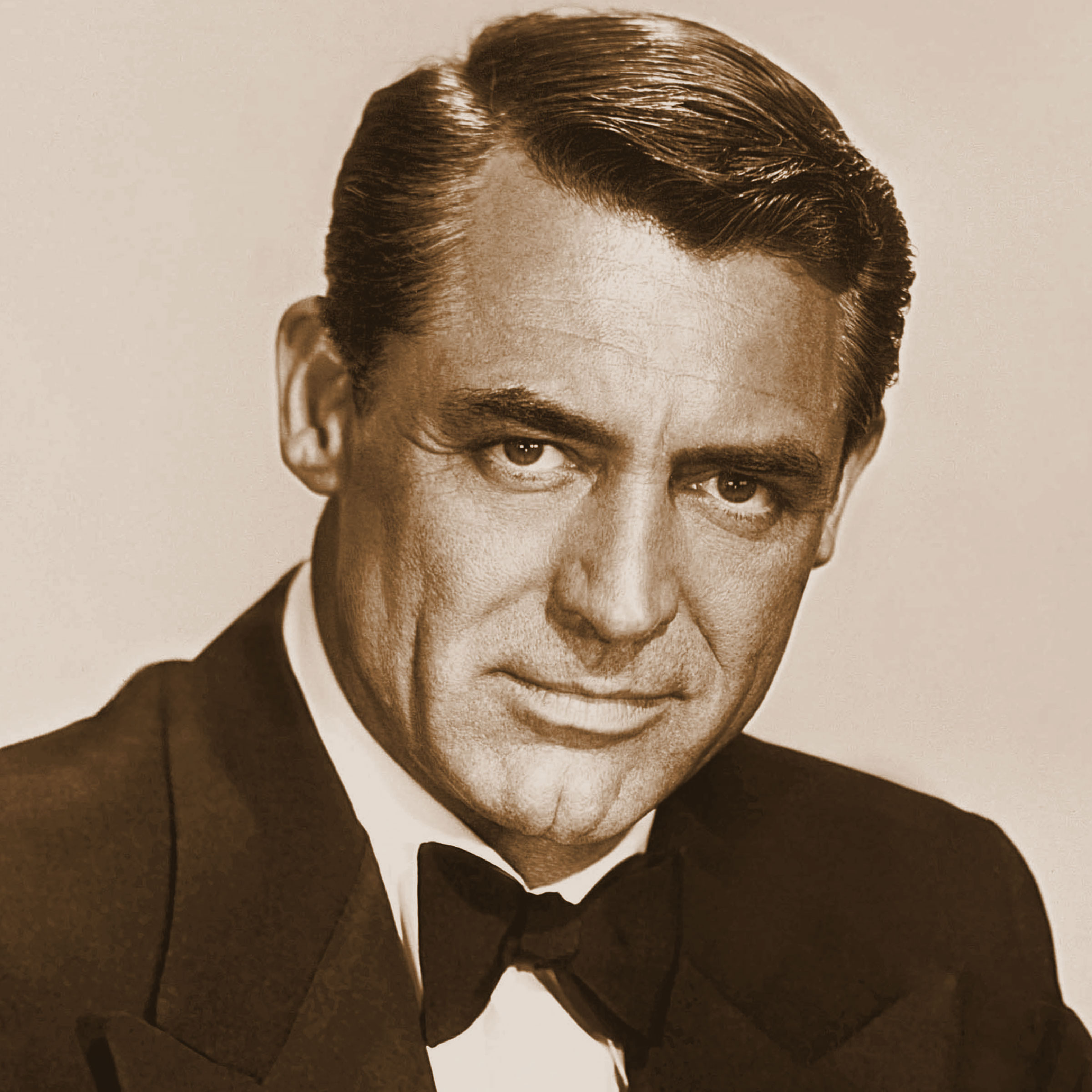The Golden Age

A NEW AGE OF CINEMA
There is contention regarding when the Golden Age of Hollywood began and ended, but most critics believe that it existed between the late 1910s and early 1960s. Before shifting the method of visual storytelling to projected images on the big screen, theatrical entertainment was confined to stage performances which were shot at a single, unmoving angle and were silent due to audio technology not yet being developed. The transition into a new era of cinema began with the commencement of sound films in 1927 and ended with the onset of WWII in 1939.
Once audiences could enjoy hearing voices, musical scores, and sound effects in films, movies became the main medium of mass communication, art, entertainment, and commerce. The United States was undergoing a major economic boom during this period, and Hollywood became a thriving workplace for actors, directors, and other professionals within the industry. While many industries struggled in the wake of the Great Depression, the film industry continued to flourish and strive while also serving as a means of escape for audiences in the form of fiction and entertainment.








.png)





























